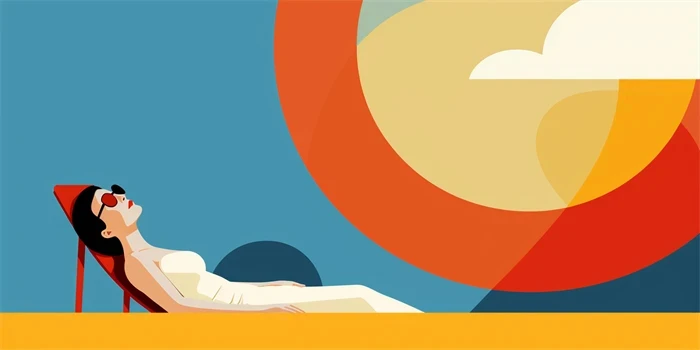YouTube has become a platform where millions of individuals and businesses can share their content and potentially earn money through advertisements and partnerships. However, when it comes to using copyrighted material in your videos, the situation becomes more complex. In this article, we will objectively analyze the possibility of making money on YouTube with copyrighted material.

1. Understanding Copyright Laws
To determine whether you can make money on YouTube with copyrighted material, it is essential to understand copyright laws. Copyright grants exclusive rights to the creators/authors of original works, such as music, videos, images, and text. Using copyrighted material without permission can lead to copyright infringement.
2. Fair Use Doctrine
The fair use doctrine allows limited use of copyrighted material without permission, provided it is for purposes such as criticism, commentary, news reporting, teaching, or research. However, fair use is a subjective concept that depends on several factors, including the purpose, nature, amount, and effect on the original work.
3. Monetization Policies of YouTube
YouTube has its monetization policies, which include the requirement for creators to have commercial usage rights to all elements in their videos. This means that using copyrighted material without permission can violate these policies, leading to demonetization or removal of the video.
4. Content ID and Copyright Claims
YouTube employs a Content ID system that scans uploaded videos for copyrighted material. Content owners can choose to block, monetize, or track the usage of their copyrighted content. If your video contains copyrighted material, the copyright owner can claim the revenue generated from that video.
5. Creative Commons and Public Domain
Creative Commons licenses and public domain material are exceptions to copyright restrictions. By using content with a Creative Commons license or that is in the public domain, you can incorporate copyrighted material legally in your YouTube videos.
6. Parody and Transformative Works
Parody and transformative works that substantially alter the original content can be considered fair use. However, determining the extent of transformation and parody is subjective and can vary depending on the jurisdiction and individual case.
7. The Risk of Copyright Strikes
If your video receives multiple copyright strikes, your YouTube channel may face penalties, including temporary or permanent suspensions. These strikes can significantly impact your ability to monetize content.
8. Seeking Permission and Licensing
One way to legally use copyrighted material on YouTube is to obtain permission from the copyright owner or through licensing agreements. This option provides clarity and ensures that all parties are appropriately compensated.
9. Revenue Sharing with Copyright Owners
In some cases, copyright owners may allow you to use their copyrighted material in your YouTube videos in exchange for a share of the advertisement revenue generated from those videos.
10. The Importance of Original Content
In the long run, focusing on creating and promoting your original content can offer more sustainable earnings on YouTube. Building a loyal audience and establishing yourself as a creator can lead to brand partnerships, sponsored deals, merchandise sales, and other revenue opportunities.
11. Utilizing Royalty-Free Music and Creative Commons
Using royalty-free music or music with appropriate Creative Commons licenses can enhance your YouTube videos without infringing on copyright laws. Many websites offer such resources, allowing you to maintain the monetization potential of your content.
12. Education and Informational Content
Creating educational or informational content that includes copyrighted material can fall under fair use. However, providing proper attribution and ensuring the purpose of the usage aligns with fair use guidelines is crucial.
13. Strategies for Fair Use Defense
If you intend to use copyrighted material under the fair use doctrine, documenting your analysis and reasoning behind your fair use claim can strengthen your defense if a dispute arises.
14. Copyright-Free Alternatives
Opting for copyright-free alternatives in your YouTube videos eliminates the risks and uncertainties associated with copyrighted material. This approach ensures that all content is fully original and can be monetized without any legal repercussions.
15. Legal Consequences
While some creators may go unnoticed when using copyrighted material without permission, copyright owners can still pursue legal action if they deem it necessary. Legal consequences can include financial penalties and damage to your reputation as a content creator.
Ultimately, while it may initially seem tempting to use copyrighted material for monetary gain on YouTube, the risks and uncertainties involved make it a precarious path. It is advisable to prioritize original content creation, utilize copyright-free resources, or seek proper permissions and licenses when incorporating copyrighted material into your videos.
References:
1. Electronic Frontier Foundation (EFF) – Fair Use:
https://www.eff.org/issues/intellectual-property/fair-use
2. United States Copyright Office:
About the Author:
John Smith is a content strategist and digital marketing expert with over a decade of experience. He specializes in helping creators navigate copyright laws and monetize their content effectively. The author’s original image accompanies this article.


